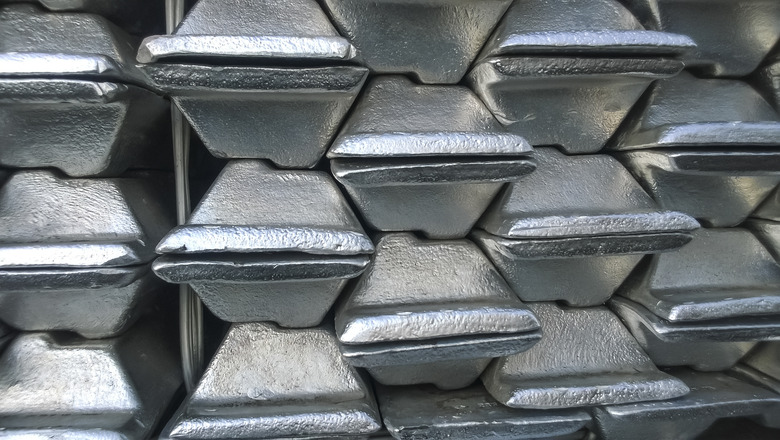How To Determine The Charge Of Transition Metal Ions
The electric charge on a transition metal ion is all about the number of electrons it has lost to other atoms in a chemical reaction. To determine the charge on a given transition metal atom, you have to consider what element it is, the charges on the other atoms in the molecule, and the net charge on the molecule itself. The charges are always whole numbers, and the sum of all the atomic charges equals the charge on the molecule.
Multiple Oxidation States
Multiple Oxidation States
When an atom loses electrons in a chemical reaction, a chemist calls this process oxidation. The charge on a transition metal atom is equal to its oxidation state and can vary from +1 to +7. Transition metals can lose electrons more readily than other elements because they have unstable electrons in their outer orbitals. Some oxidation states are more common than others for different transition metals because these states are relatively stable. For example, iron, or Fe, has possible oxidation states of +2, +3, +4, +5 and +6, but its common oxidation states are +2 and +3. When formulas for transition metals are written out, the name of the transition metal is followed by a Roman numeral of its oxidation state in parentheses, so that FeO, in which Fe has an oxidation state of +2, is written as iron (II) oxide.
Neutral Compounds
Neutral Compounds
You can easily determine the charge of transition metal ions in neutral compounds, as long as you know the charge or oxidation state of the atoms that partner with the transition metal. For example, MnCl2 contains two chloride ions, and the chloride ion is known to have a charge or oxidation state of –1. Two chloride ions add up to –2, which tells you that manganese in MnCl2 must have a charge of +2 to make the compound neutral.
Charged Complexes
Charged Complexes
Transition metal ions can combine with other types of atoms to form positively or negatively charged molecular complexes. An example of such a complex is the permanganate ion, MnO4–. Oxygen has an oxidation state or charge of –2, and so the four oxygen atoms add up to a charge of –8. Because the overall charge on the permanganate ion is –1, manganese must have a charge of +7.
Soluble Compounds
Soluble Compounds
Neutral transition metal compounds, which are soluble in water, have a charge of +3 or less. An oxidation state greater than +3 either causes the compound to precipitate or causes the transition metal ion to react with water to generate an ion that is complexed with oxygen. For example, a compound with vanadium in the +4 or +5 oxidation state will react with water to form an ion composed of one vanadium (IV) atom and one oxygen atom with a charge of +2 or an ion composed of one vanadium (V) atom with two oxygen atoms and a charge of +1.
Cite This Article
MLA
Blue, Marie-Luise. "How To Determine The Charge Of Transition Metal Ions" sciencing.com, https://www.sciencing.com/determine-charge-transition-metals-11368233/. 27 April 2018.
APA
Blue, Marie-Luise. (2018, April 27). How To Determine The Charge Of Transition Metal Ions. sciencing.com. Retrieved from https://www.sciencing.com/determine-charge-transition-metals-11368233/
Chicago
Blue, Marie-Luise. How To Determine The Charge Of Transition Metal Ions last modified August 30, 2022. https://www.sciencing.com/determine-charge-transition-metals-11368233/
